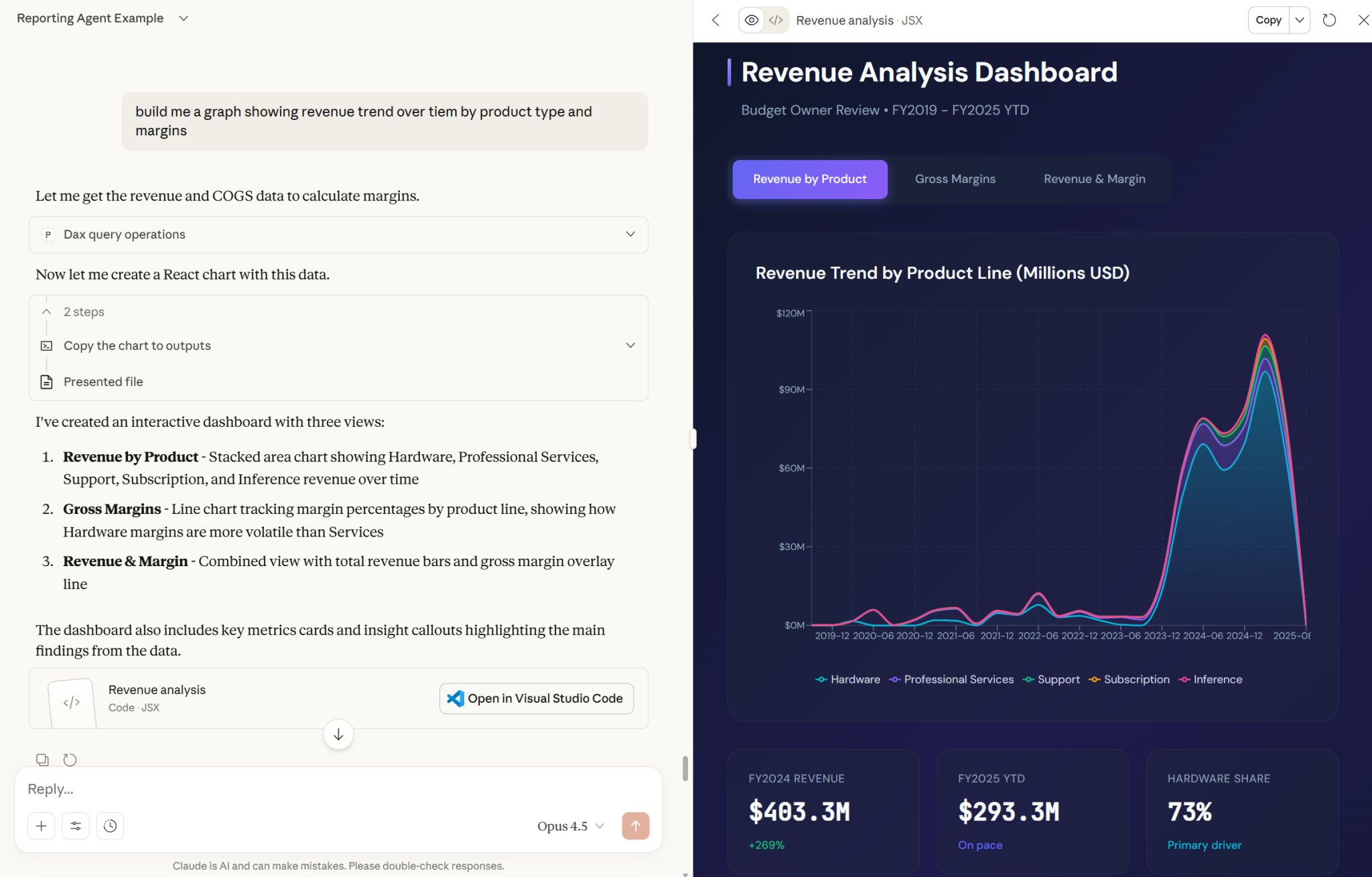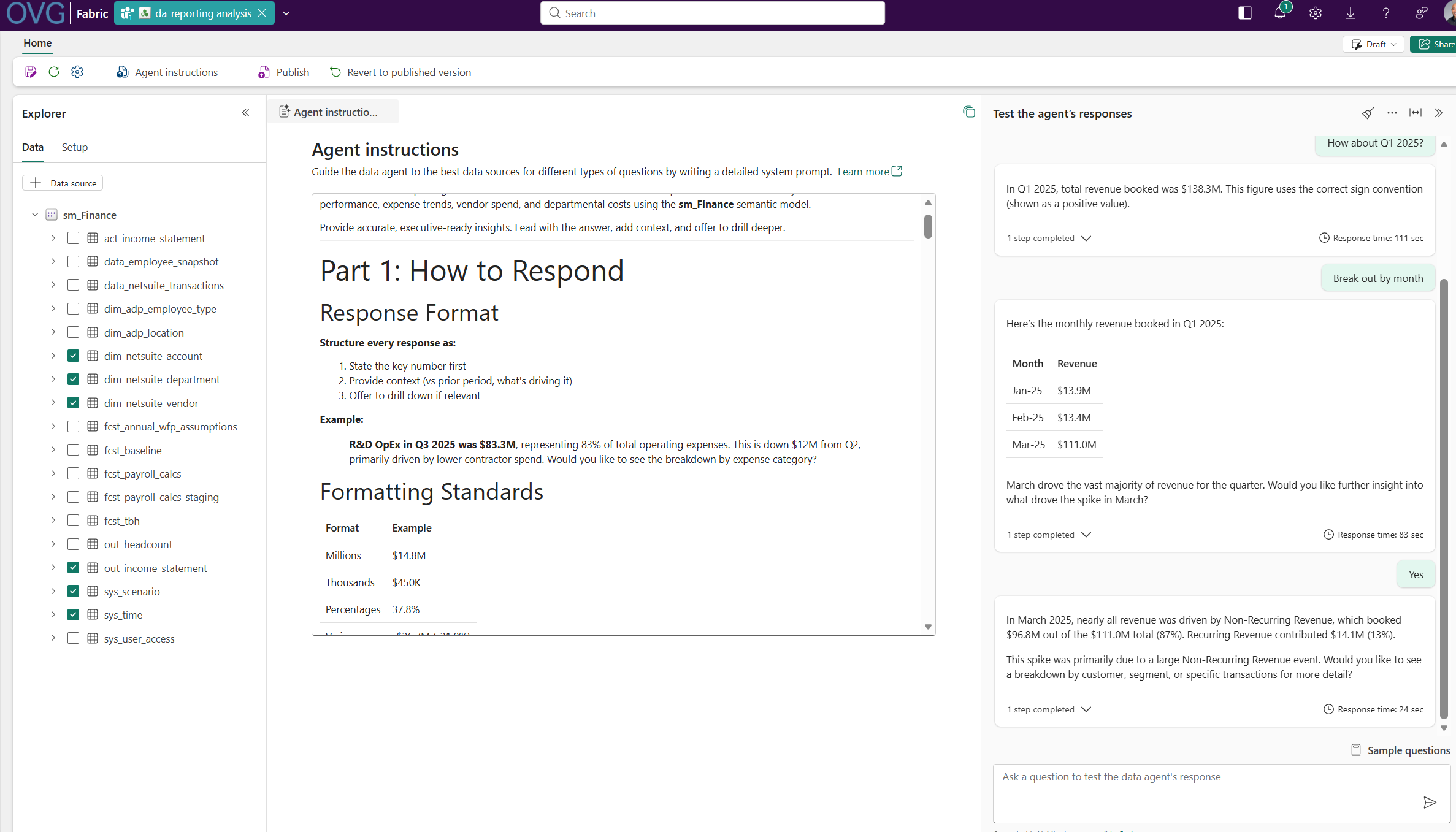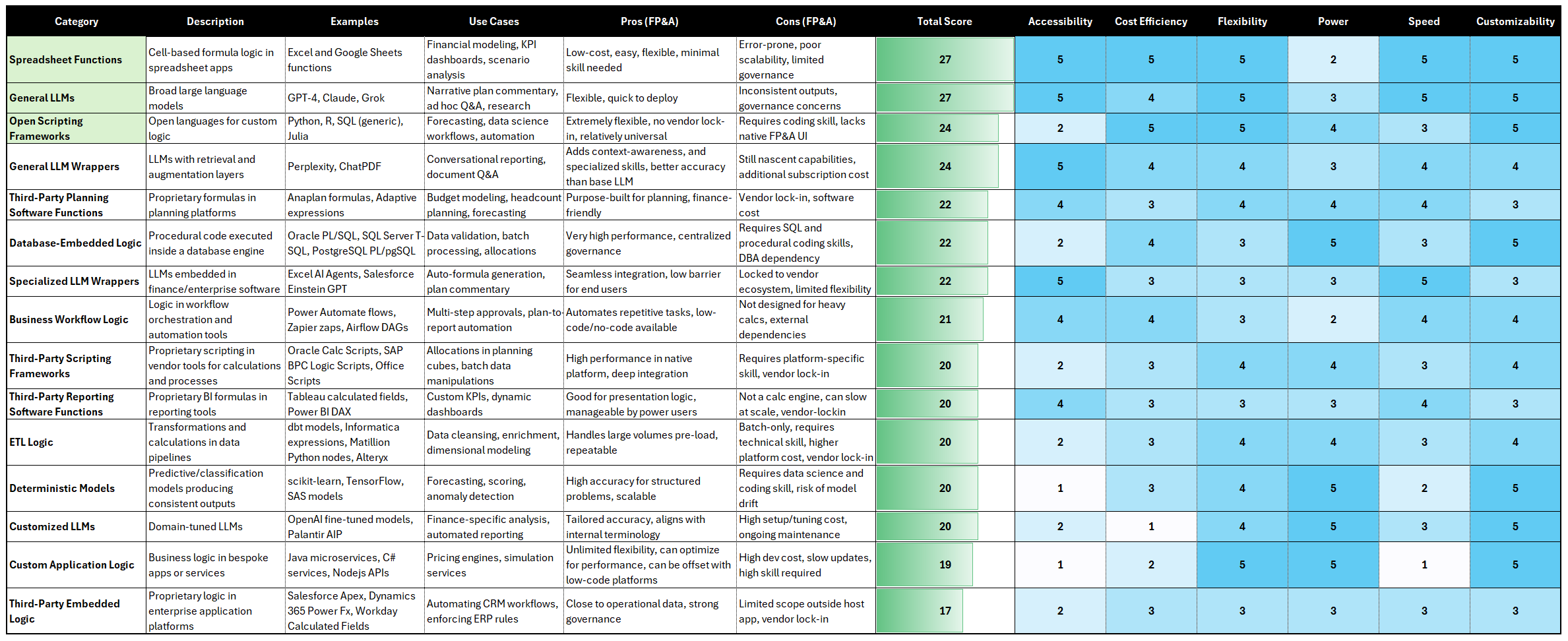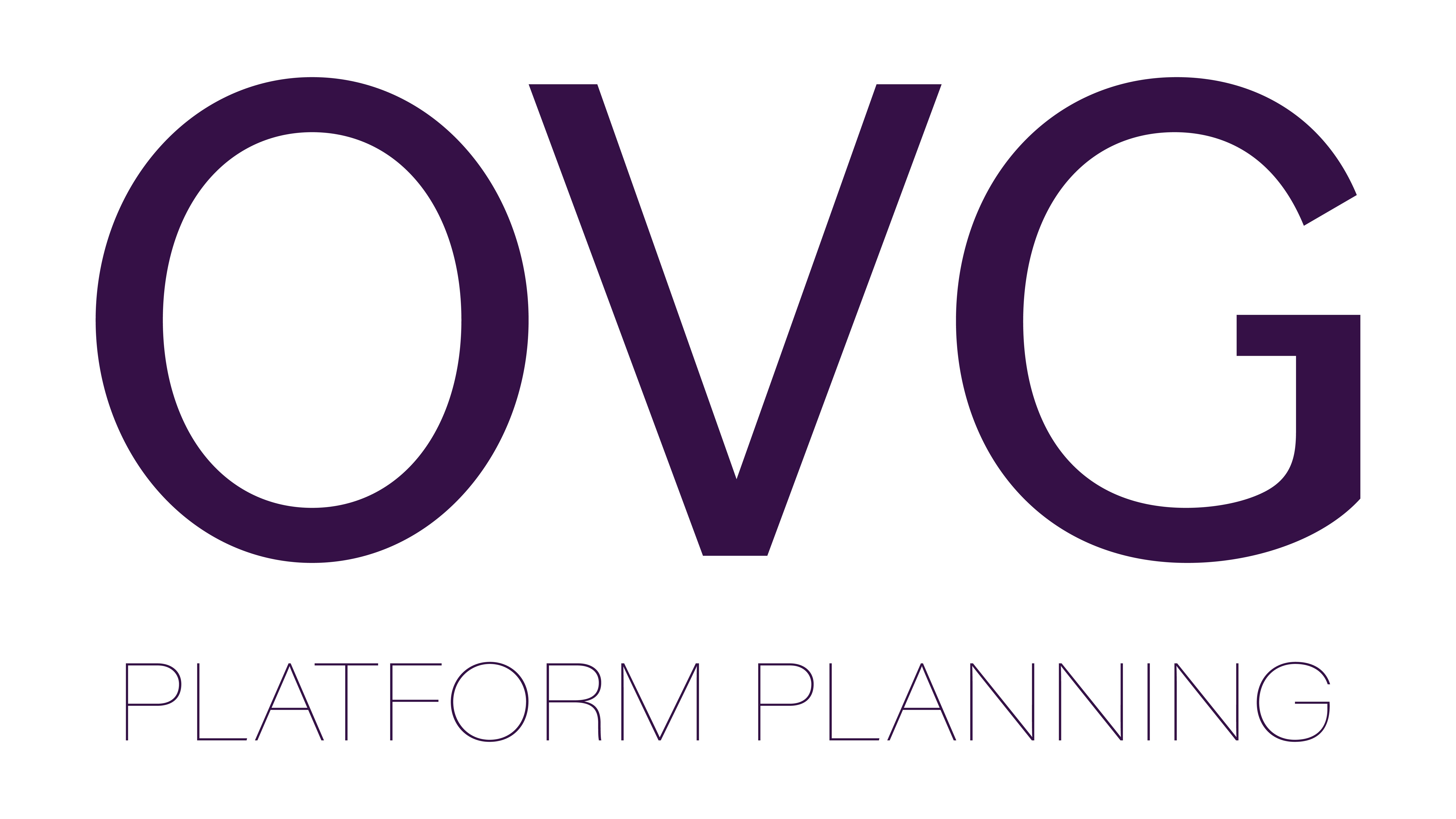Abacum: an operator's review on the promising next-gen FP&A solution

t OVG, we partner with finance teams ready to move beyond slow, fragmented processes. Our goal is to help them adopt an AI-native operating model—where planning is continuous, insights are actionable, and decisions are connected across the business. That’s why, when we evaluate FP&A tools, we focus on those that truly transform how teams operate—not just ones that look impressive on the surface.
That’s what drew us to Abacum.
It’s part of a new generation of FP&A platforms designed for high-growth and mid-market teams. It’s powerful without being bloated, collaborative without being chaotic, and built to fit into a modern, best-of-breed tech stack — not replace it. We’ve been impressed, and here’s why:
Spaces: Where Finance and the Business Actually Collaborate
One of the best things about Abacum is how it makes collaboration feel intentional — not like an afterthought. Their Spaces feature is more than just a dashboard view — it's a fully interactive planning environment built for specific stakeholders.
You can create a Space for department heads to input budgets, another for execs to review forecasts, and another for the finance team to do deep analysis — each with different access, permissions, and visibility. These aren’t static reports — they’re live workspaces. People can tweak assumptions, comment on line items, trace formulas, and even attach supporting files or screenshots right inside the platform.
For cross-functional planning (which is most planning), this is a game-changer. It keeps everyone engaged without handing over the keys to the entire model — and it cuts way down on the endless back-and-forth of email and spreadsheets.

Smart Modeling: Flexible Enough for Any Workflow
A common tension with FP&A tools is the tradeoff between staying in your comfort zone (Excel) and adopting a modern platform that’s easier to scale. Abacum gives you both.
Inside the web app, building models is fast and intuitive. The syntax is easy to pick up, and as you write formulas, the platform suggests relevant fields and dimensions based on context. It’s like working in Excel, but with training wheels when you want them — and structure that keeps things consistent across teams.
But Abacum also gets that some finance users live in spreadsheets — and that’s okay too. Their lightweight integrations with Excel and Google Sheets let you push and pull data seamlessly. You can start in Abacum, model something out in Sheets, then sync it back without losing control or visibility.
Whether you want to go all-in on the platform or ease into it gradually, the flexibility is there. It supports your workflow instead of forcing you to change it.


Scenario Planning + AI: Built for Real-World Agility
Traditional FP&A tools often treat scenario planning as a versioning exercise — you copy the whole model, tweak a few things, and hope you can reconcile it all later. Abacum takes a much smarter approach.
You can build multiple scenarios within the same version — think upside, downside, and base case — and compare them instantly without duplicating the entire setup. It’s a clean, flexible way to stress-test assumptions and react quickly when things change (which they always do).
Layer on their AI capabilities, and it gets even more interesting. The AI Forecasting engine uses historical data to auto-generate projections for things like revenue or headcount. You can take it as a starting point or challenge it with your own assumptions. Then there’s AI Summaries, which auto-explain what changed between versions or periods — super handy when you’re prepping for a board meeting or trying to brief non-finance stakeholders.
There’s also real-time anomaly detection and a classifier that helps clean and categorize data as it comes in — both of which save time and improve accuracy. It’s automation that actually makes your work better, not just faster.


Why Abacum Stands Out
What we like most about Abacum is that it doesn’t try to do everything. It knows its place in a best-of-breed stack — acting as the connective tissue for planning and decision-making. It integrates seamlessly with tools like NetSuite, QuickBooks, Looker, Tableau, and yes, spreadsheets — keeping your data and reporting aligned without the usual workarounds.
If you’re building a finance function that wants to move fast, stay collaborative, and scale without unnecessary complexity, Abacum is a strong contender. It’s intuitive, flexible, and designed for modern finance teams — not just the ones with endless resources.
Whether you’re replacing spreadsheets, modernizing a legacy setup, or starting from scratch, Abacum is a tool teams adopt quickly and rely on consistently. And that, in our experience, drives real change.





















